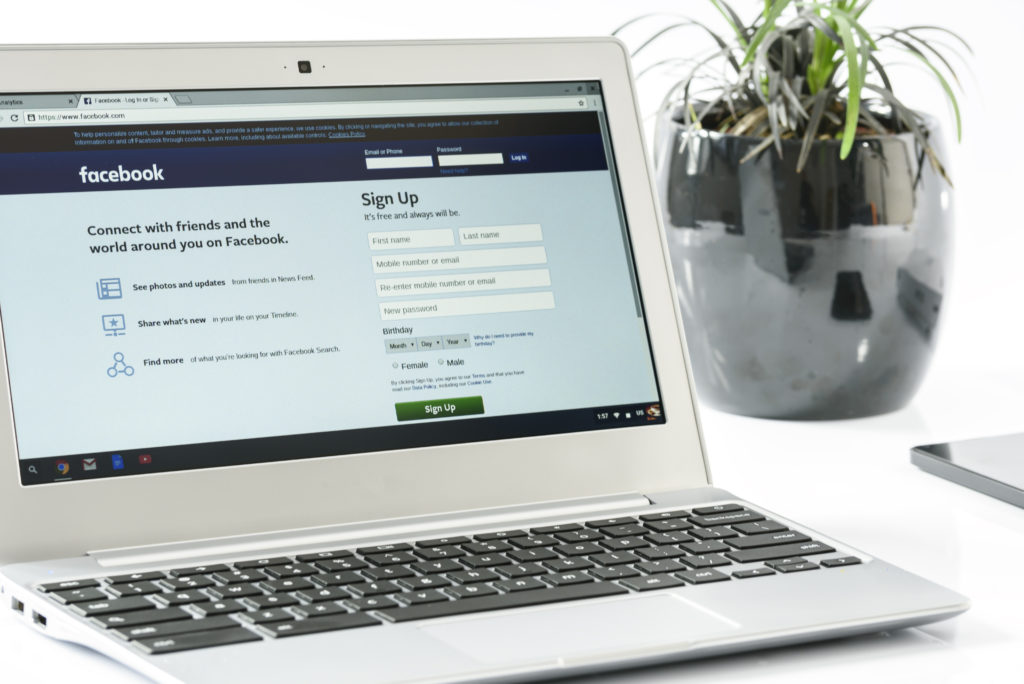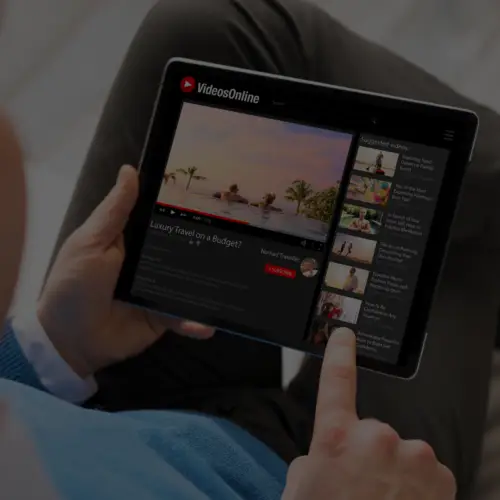
02 Aug Top 5 Social Media Password Security Mistakes
Keeping online accounts secured is a major priority in the digital world. When these accounts have been accessed without your permission it can feel as if your privacy has been invaded. Online banking and cloud storage websites are where people feel they need to be extra secure, but what about the accounts you access at work? Social media password security can sometimes be an oversight and sharing these passwords with multiple people across several departments can get tricky. While we’ve shared some information on how to keep your account secure in the past, none of this has really gone over passwords in depth. Below are five key guidelines to help ensure that your social media passwords are properly secured.
1.Sharing Passwords with Too Many People
Whether it be the metrics team pulling data, the community manager responding to comments, or the paid team putting dollars behind a post, a handful of people will end up needing access to certain accounts. When working with multiple departments and partner agencies who can have multiple people on those teams, the number of people who request access to accounts can get out of hand. Ensuring that only a core number of people from each team has access to these accounts can help minimize the risk.
2.Not Sharing Through a Secured Method
As some of the people you work with may not be in the same office or location as you, making sure the way in which you share passwords with others is also important. Rather than just having the ability to show someone the password in person, you may be requested to share it via email. Here at Ignite, our preferred method of sharing passwords is through the phone with the approved person looking to gain access. This way, if their email is compromised at some point, it doesn’t also jeopardize the chance of it happening to the shared password’s account.
If sharing by phone isn’t an option in your case, password protecting a document can work as a last resort. Sending this through a message with the requested login and password hidden behind the encryption adds a necessary level of security. In this case, be sure to send them along the password to the document through a separate means of communication.
3.Not Changing Your Password Often Enough
As mentioned previously, many people can often end up working on a single account. While reducing the quantity of people who have access to account passwords can certainly help improve password security, it’s important to also routinely do some housekeeping. Has anyone recently switched clients? Did anyone who worked on the account leave the company? Have partner agencies changed? These are all great questions to help decide whether it’s time to change your password.
For example, if an employee leaves the company who may have worked on the account, it’s a matter of “rather safe than sorry”. You wouldn’t want this person to still have access to the account when their relationship with the account/company is no longer vital to their professional success.
4.Using the Same Password Everywhere
We all know someone who is using the same password for every login, and some of you may even be wondering why doing so is necessarily a bad thing. If your password is secure enough, is it really a big deal? Absolutely. If you’re using one username and password for all your logins, then someone else can do exactly that. What is stopping them from taking your Facebook login information and inputting it into Pinterest to see if it works there? Nothing is, and that’s why using various passwords for logins across different channels is vital to security.
5. Having a Password That’s Too Simple
While mistakes #4 and #5 tie together closely, they’re important enough on their own to be separated. Now I’m asking you very nicely, please do not use Password as your password. Making sure it is complicated enough to deter anyone from being able to gain access while still easy enough to remember can be tricky, but it’s worth it in terms of security. When websites suggest you use an uppercase letter, lowercase letter, number, symbol, etc. they’re not just doing it for their benefit; it’s to help keep your account safe by adding more variables into the number of possible passwords you could be using. Instead of using Ignite12 as a password, for example, next time try something like !S0ciAlM3d!a@#12!.
Have more questions on how to best secure your accounts? Reach out to us here.







